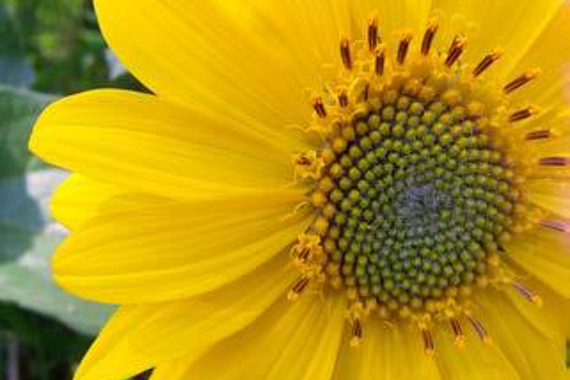
Propagating success
Recovering species at Fort Rodd Hill National Historic Site and Gulf Islands National Park ReserveFootnote *
What’s the issue?

In British Columbia, the coastal Douglas-fir ecological zone (CDF) is the smallest and rarest of the province’s 16 ecological zones. Despite its rarity, the CDF has the highest native plant diversity and is home to a whopping 225 species at risk, including those found in Garry oak habitat. Over 150 invasive species introduced by humans threaten the CDF region, coupled with the fact that 75 percent of BC’s 4.6 million residents live within the CDF. The CDF is 80 percent private land and the least protected ecological zone in the province. All these facts signify the importance and value of protection and restoration of the CDF by Parks Canada at both Fort Rodd Hill National Historic Site and Gulf Island National Park Reserve.
What’s our approach?
- Remove invasive plant species, such as Scotch broom, from Fort Rodd Hill to restore Garry oak habitat.
- Use prescribed fire to restore ecological processes, an eco-cultural practice once used by Indigenous people.
- Grow species at risk in a plant nursery for replanting.
- Plant native rare plants or seeds to increase existing populations or establish new populations.
- Involve visitors, volunteers, the public and Indigenous partners in restoration work.
What’s been accomplished?
- Removed invasive species from 54 hectares at Fort Rodd Hill, and eight islets in Gulf Island National Park Reserve.
- Used prescribed fire on Tumbo Island to restore and better understand its influence in Garry oak habitat (2016); involved academic, Indigenous and regional partners.
- Propagated 13 federal species at risk in a nursery at Fort Rodd Hill, including deltoid balsamroot; transplanted seedlings to expand this population from three to 200.
- Scattered 15,000 seeds of slender popcorn flower on Saturna Island to augment an existing population, and nursery-grown seed to a population of Macoun’s meadowfoam, which grew from 800 to 2,556 plants.
- Engaged 667 volunteers and 5,000 Canadians and international visitors through events and programming in 2016 and 2017.
Related links
- Igniting restoration
- Two pines in decline
- Conserving an alpine enigma
- Rescue the fescue
- Historic homecoming
- Wildlife crossings
- Going with the flow
- Listening to the sea, looking to the future
- Ecosystem on the edge
- Keeping dunes dynamic
- Wild about wolves
- Restoring kelp in Gwaii Haanas National Marine Conservation...
- Llgaay gwii sdiihlda, or restoring balance
- Date modified :